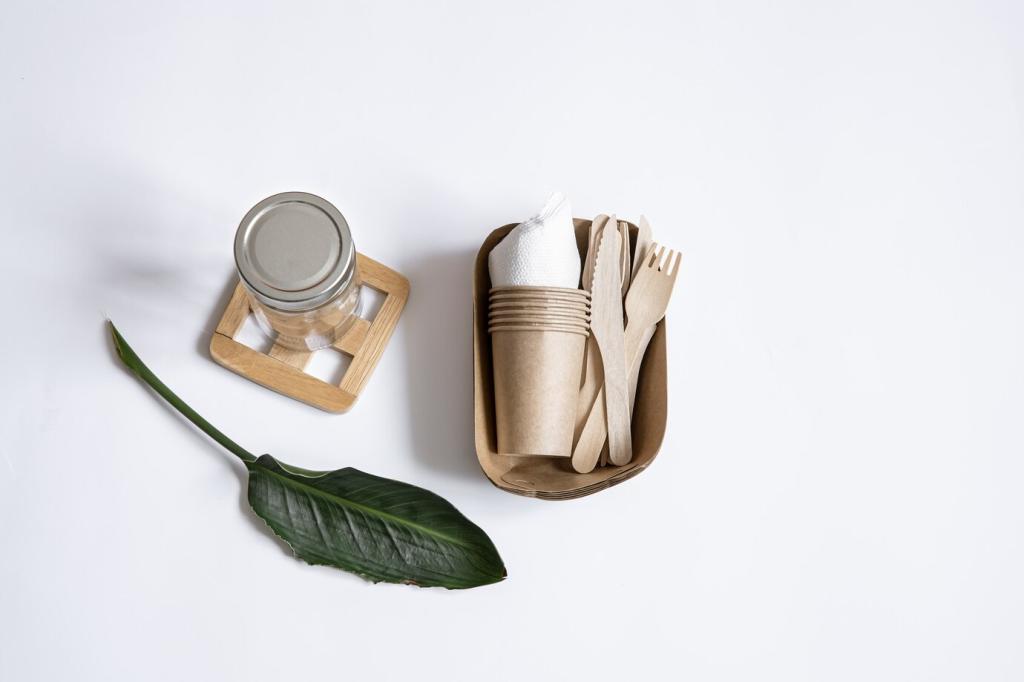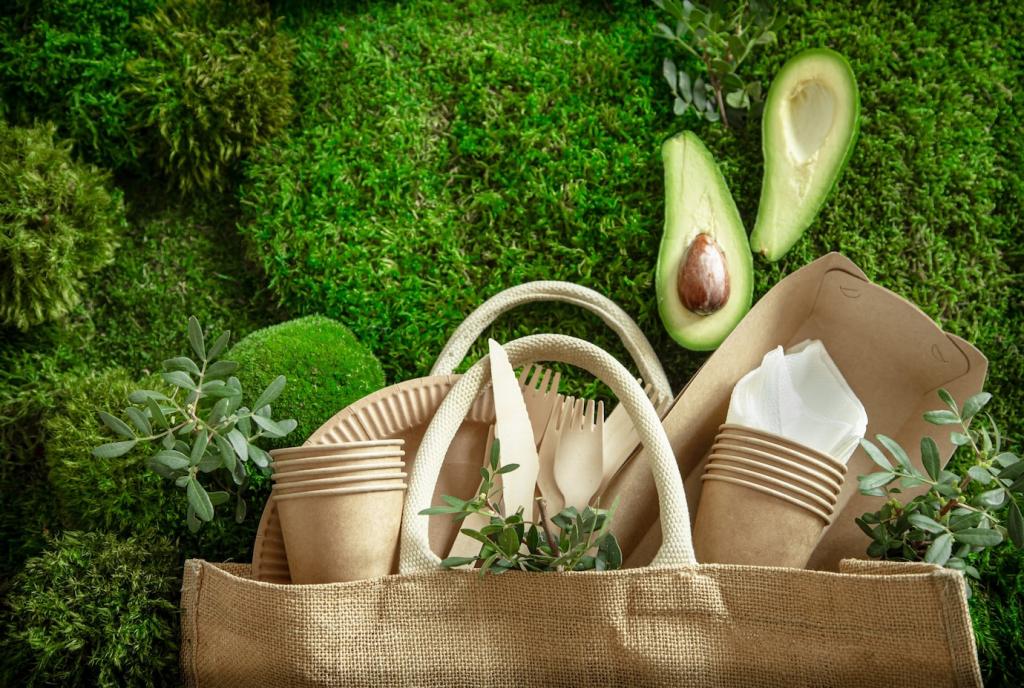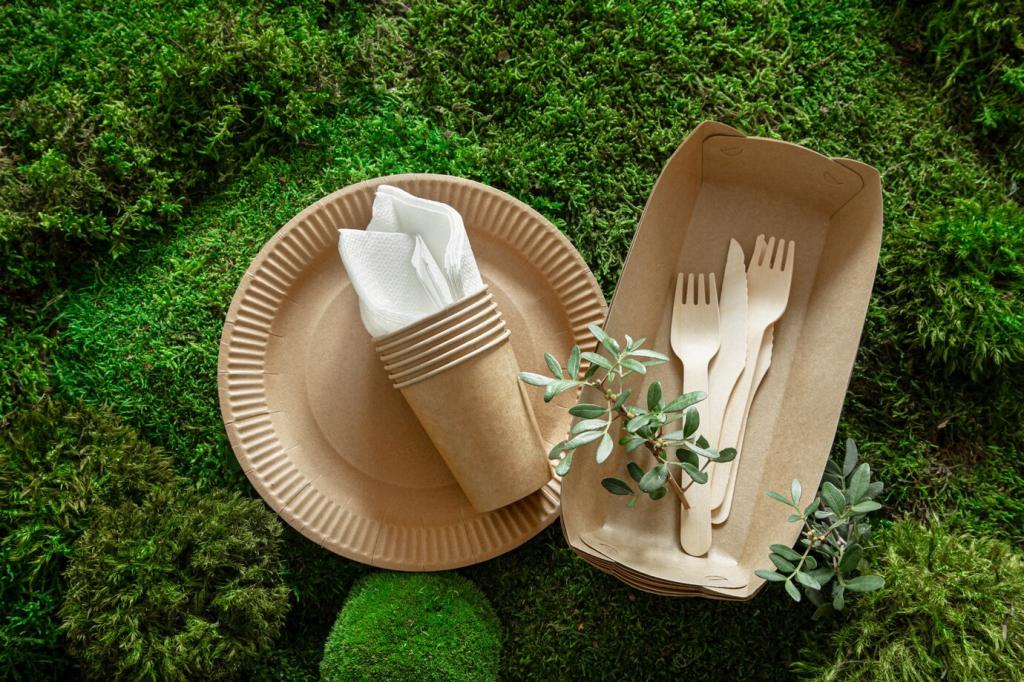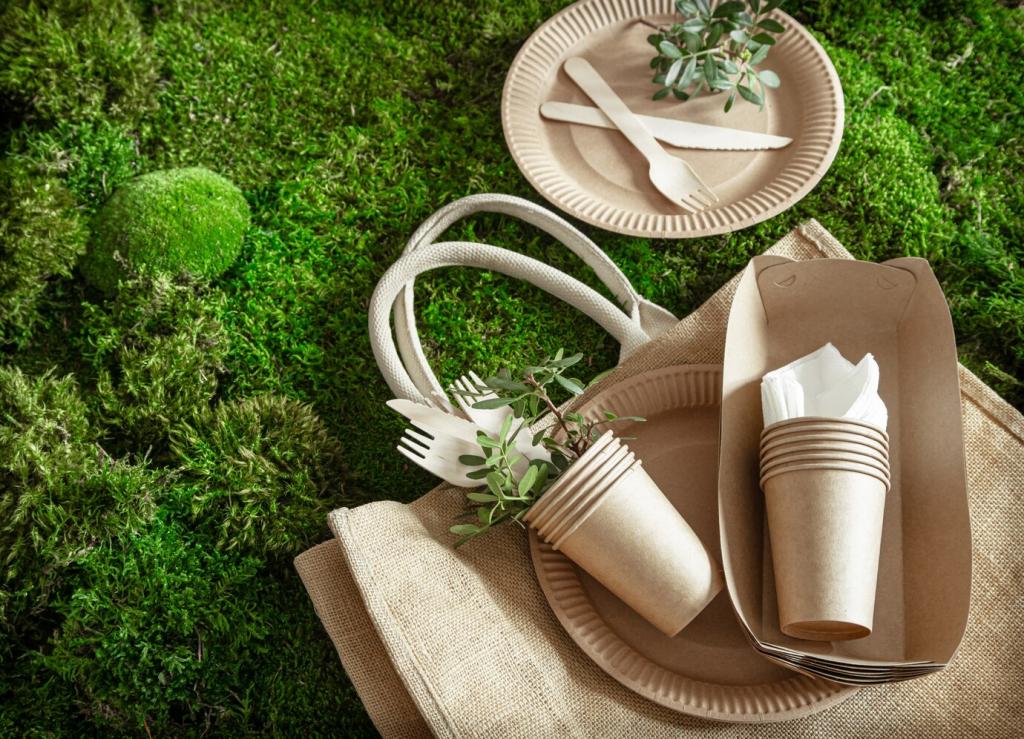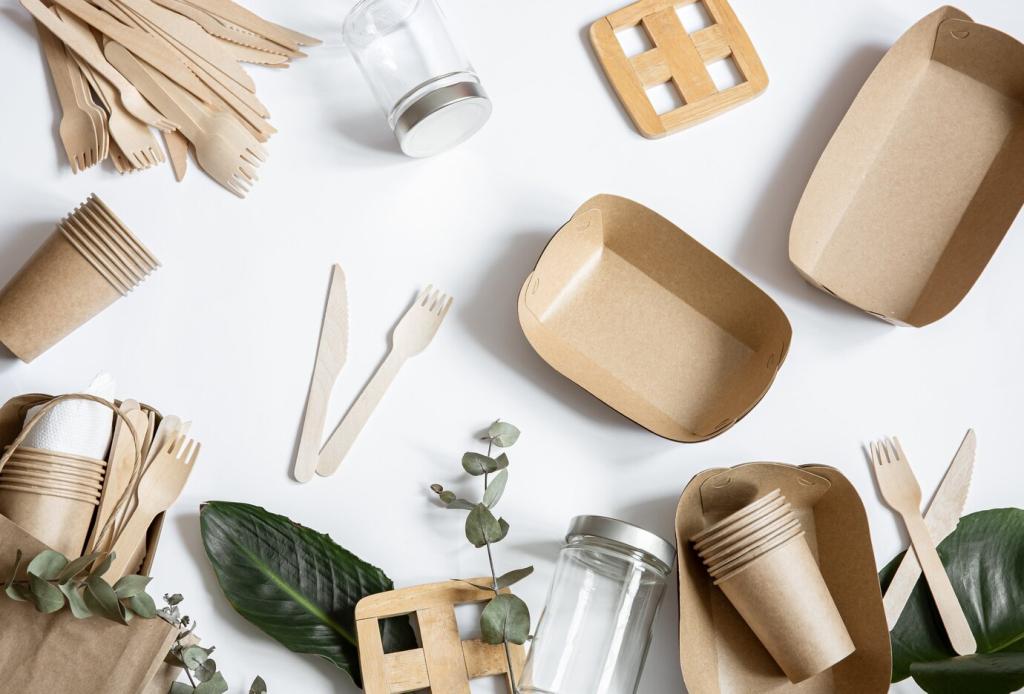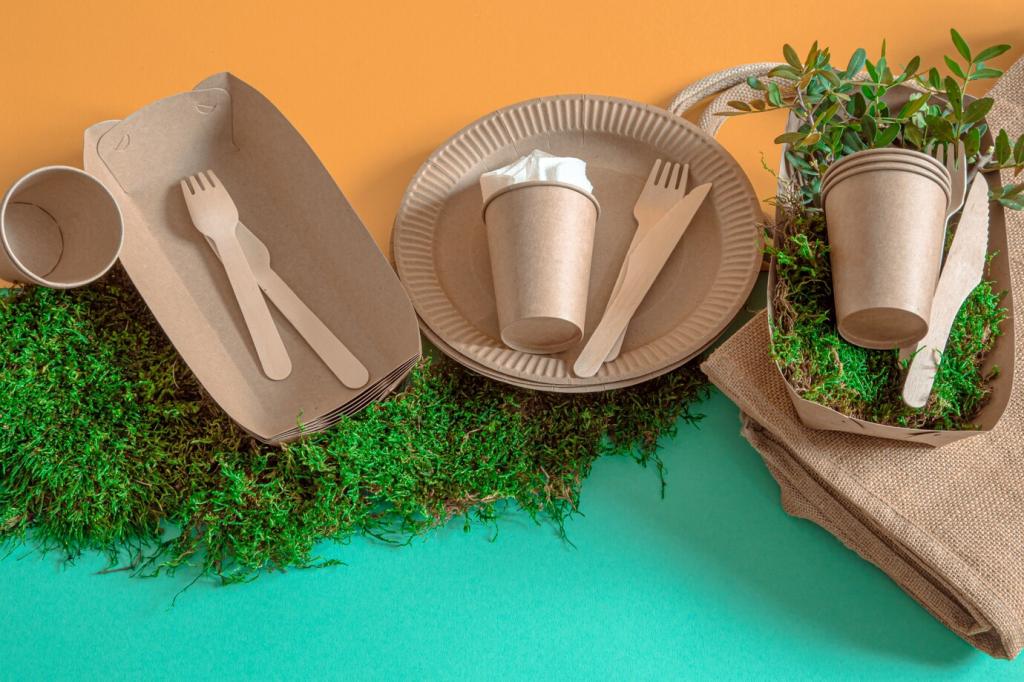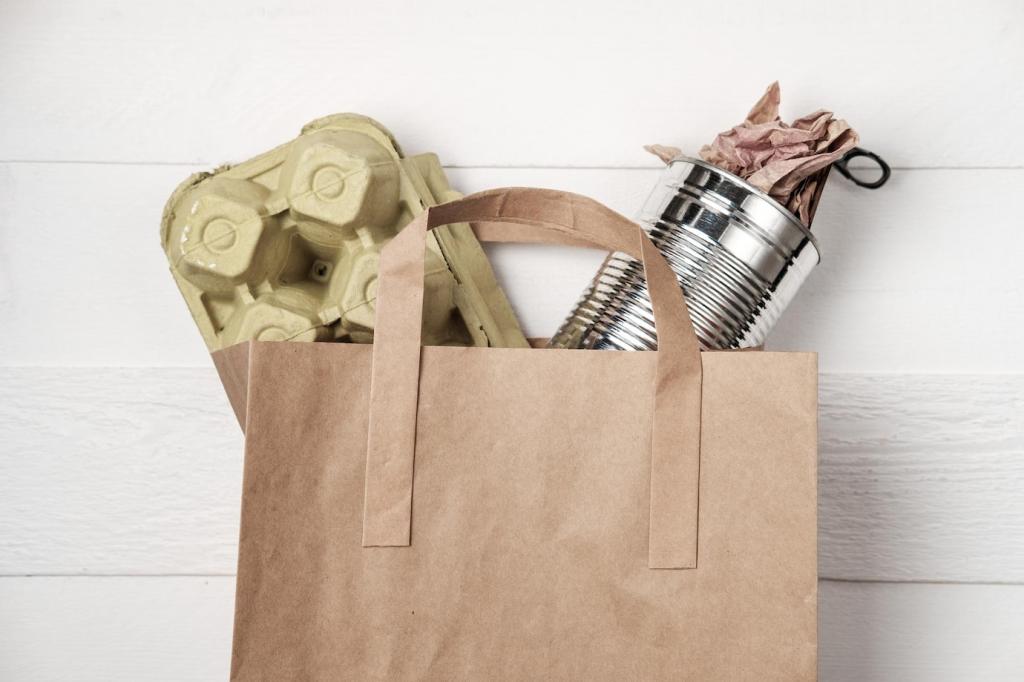Standards, Labels, and Avoiding Greenwashing
These standards assess biodegradation, disintegration, and eco-toxicity under industrial conditions. Passing requires more than material type; printing, adhesives, and additives matter. Which components in your pack still lack documented compliance, and how will you close that gap?
Standards, Labels, and Avoiding Greenwashing
Home certification sets stricter conditions for lower temperatures and variable bins. Industrial certification suits municipal collection programs. Choose what matches your market. Tell us whether your customers actually compost at home or depend on curbside collection services.

